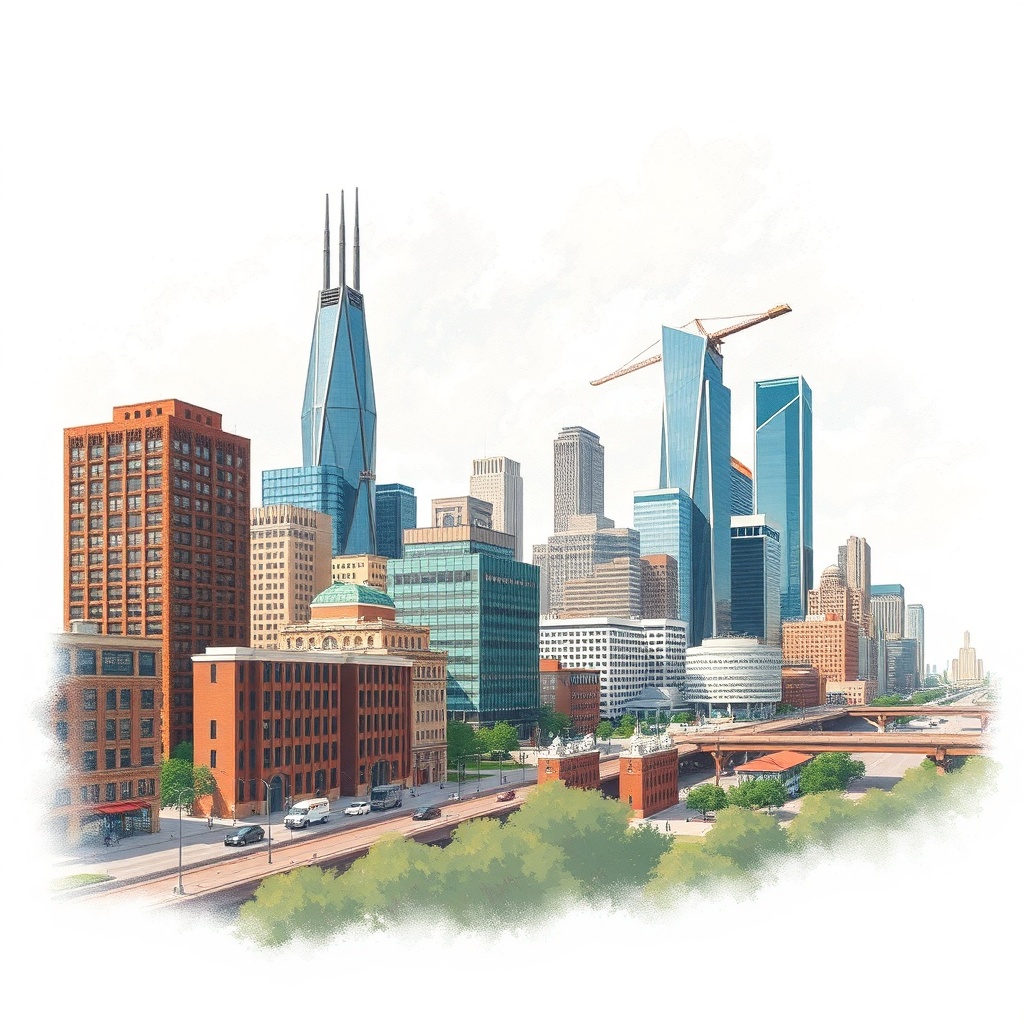Houston’s unique geography — low-lying coastal plain threaded by an extensive bayou network — shapes how the city grows, lives, and plans for extreme weather. As storms and heat intensify, resilience has moved from a planning buzzword to everyday practice.
Residents, businesses, and civic leaders are advancing solutions that reduce flood risk, cool neighborhoods, and protect livelihoods while preserving the city’s vibrant character.
Why resilience matters in Houston
Heavy rainfall, storm surge potential from the Gulf, and urban heat islands are ongoing challenges. Flooding affects neighborhoods across socioeconomic lines, while hotter summers increase energy demand and public-health risks.
A resilience-first approach blends engineered infrastructure with natural systems, aiming to reduce damages, lower recovery costs, and make communities safer and more livable.
Nature-based and multi-benefit solutions
Bayou restoration and green corridors illustrate how nature-based projects deliver multiple benefits. Restoring native vegetation along waterways improves water quality, slows runoff, and creates recreational space that doubles as floodplain.
Urban tree canopy initiatives reduce surface temperatures and improve air quality, while rain gardens, permeable pavement, and pocket parks capture stormwater close to where it falls.
Detention basins and retention ponds remain essential for managing large storm events, but pairing them with public green space increases community value.
Coordinated stormwater planning — from small-scale green infrastructure on private lots to regional conveyance upgrades — helps distribute risk more equitably and reduce pressure on any single neighborhood.
Smarter development and building practices
Resilient building design focuses on elevating critical systems, using flood-resistant materials, and designing landscapes that direct water away from structures.
Updated zoning and permitting that encourage higher ground setbacks, open space requirements, and incentives for green roofs or pervious surfaces help manage runoff while supporting urban density.
Critical infrastructure — including ports, energy facilities, and transit corridors — is being reassessed to withstand extreme conditions.
Public-private partnerships that invest in redundant systems and improved flood protection help sustain the regional economy when storms strike.
Practical steps residents can take
– Improve home drainage: grade yards away from foundations, add swales or dry creeks, and install downspout extensions or rain barrels.
– Choose resilient landscaping: native and drought-tolerant plants require less irrigation and support local ecosystems.
– Reduce heat exposure: plant shade trees where feasible and use light-colored roofing or reflective coatings to lower cooling loads.
– Prepare an emergency kit and a neighborhood plan for quick response and recovery. Share contact lists and safe meeting points with neighbors.
– Stay informed through municipal alerts and local community organizations that coordinate flood response and preparedness.
Community and economic benefits

Investing in resilience creates jobs in construction, environmental restoration, and design. Greener neighborhoods attract investment, boost property values, and improve public health. Equitable resilience planning prioritizes vulnerable communities, ensuring resources, outreach, and mitigation measures reach those most at risk.
Get involved locally
Join neighborhood associations, conservation groups, or volunteer to help bayou cleanups and tree plantings. Attend public workshops on drainage and zoning changes, and support policies that fund both large-scale infrastructure and small-scale green solutions.
Collective action — from household preparedness to regional planning — makes Houston stronger and more adaptable.
Adopting a resilience mindset blends practical readiness with long-term vision. By combining engineered systems, nature-based solutions, and community engagement, Houston can reduce risk, protect its economy, and enhance quality of life across neighborhoods.